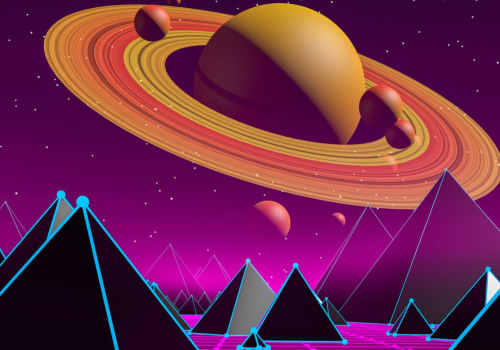When it comes to visual content, there are two main options: GIFs and videos. Both encode a series of moving images, but they have their own unique advantages and disadvantages. GIFs are limited because they only support 256 colors, which adds a “grainy” look to the video. Videos, on the other hand, have a higher frame rate and smoother motion, but they can also include audio.
The duration of videos varies, but shorter is better for emails. GIFs come with their own set of benefits, especially when it comes to marketing a particular service or product. They are compressed using Lempel-Ziv-Welch's lossless data compression, which reduces file size without degrading visual quality. However, if you have multiple GIFs on your website, it could slow down your page considerably and you risk losing customers.
Just reducing the file size makes converting GIFs to animated videos a fantastic optimization option. Playable HD video is sent to an email only when it is opened, instead of being added to the initial upload as a GIF or other attachments. By converting your animated GIFs to MP4 files, you can dramatically reduce their size and any associated bandwidth expenditures. Many social media sites silently convert uploaded GIFs into animated video files and display the saved file instead of the original one. So which one should you choose? It depends on your needs and goals. For digital products, web and applications, GIFs may be the best option.
But for outdoor campaigns like Netflix in France did, animated GIFs are a great choice. Ultimately, both types of visual content are powerful additions to your website.










